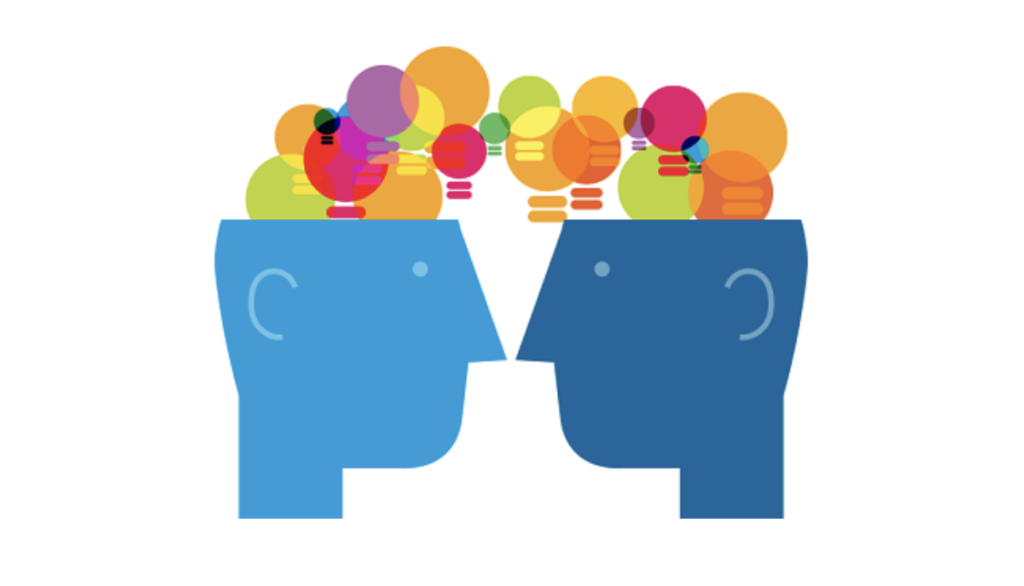Social and Emotional Learning approaches provide a foundation for the classroom environment that are both safe and positive for learning, as well as enhancing students’ ability to succeed in school, careers, and life. School is one of the main places where students learn social and emotional skills. Educators daily serve students with different Social Emotional Learning techniques when engaging in learning, behaving positively, performing academically, and deepening their relationships. Now more than ever, educators need to support their students through social-emotional supports.
What can educators do to support teenagers in getting through these difficult times of being quarantined and learning online?
Based on Durlak et al., 2015, an effective SEL program incorporates the acronym SAFE: Sequenced: connected and coordinated sets of activities to foster skills development; Active: forms of learning to help students master new skills by participating; Focused: emphasis on developing personal and social skills; and Explicit: targeting specific social and emotional skills. Some of the top ways to incorporate SEL techniques within an educator’s new virtual instructional continuity plans are to be intentional. Being intentional is extremely hard when changing an entire way of teaching in the classroom to online, but extremely important.

Remember this is not a hurricane day. It is not a holiday break. It is a quarantine.
Much of the following comes from CASEL’s Playbook. The areas of focus daily within virtual lessons are Getting Started & LessonPlanning, Welcoming Ritual, Explicit SEL Lesson and Engaging Practices/Activities, and Optimistic Closure/Message.
Getting Started & Lesson Planning: The educator needs to be systematic when introducing students to their new virtual classroom and lessons. Educators not only need to explain to students how to use different features in their virtual classroom, but also set expectations with students in all resources that will be used. Lesson plans must include the social or personal skill underlying their content taught. The teacher modeling everything helps teenagers see how things should be done.
Welcoming Ritual: Every new day and meeting a welcoming ritual should be the opening. Welcoming rituals help the students and teacher to get to know each other (builds relationships), establish safety and predictability, and creates a sense of belonging by allowing people to connect right off the bat. Virtual Welcoming Rituals can be done through the chatbox or by unmuting the microphone and having participants share verbally.
Explicit SEL Lesson and Engaging Practices/Activities: Explicit instruction teaches a specific SEL Skill, provides an opportunity to practice and apply the SEL Skill, and reinforces self-reflection. Engaging practices are brain-compatible strategies that foster relationships, cultural responsiveness, empowerment and collaboration, intentionally build opportunities for brain breaks that provide space for integrating new information and long-term memory, and foster active and engaged participation to support teenagers with making their meaning of the content.
Optimistic Closure/Message: These closure messages provide positive closure to the virtual class lesson, reinforce what students learned, and creates momentum towards taking action in positive ways. These can include reflection questions on how the group functioned, reflection questions for students to make connections to their own lives’ and experiences, or an inspirational word/phrase based on the message the teacher is incorporating.
One can only hope that every person quarantined is aware and positively working on their social-emotional capacity. Being quarantined is hard for adults to understand, let alone children. Our teenagers have it the hardest as they are missing out on memories they have been told about their whole lives, such as prom, graduation, and just the practice of being in class with their peers. Educators need to ensure that we are supporting our teenagers and incorporating SEL supports within their virtual classroom.

More SEL Resources:
Podcast: How to Handle Coronavirus Anxiety | Special Edition
Handbook of Social and Emotional Learning Research and Practice
References
Collaborative for Academic, Social, and Emotional Learning. (2015). 2015 CASEL guide: Effective social and emotional learning programs—Middle and high school edition. Retrieved from http://secondaryguide.casel.org/
Durlak, J. A. (Ed.). (2015). Handbook of social and emotional learning: Research and practice. Guilford Publications. Retrieved from https://books.google.com/books?hl=en&lr=&id=gBPpCQAAQBAJ&oi=fnd&pg=PP1&dq=andbook+of+Social+and+Emotional+Learning+Research+and+Practice&ots=AW6jK2Pvgd&sig=C

SEL is a huge component that will be missing formally in this new distance learning setting. One of the things we are doing as a school to address this shortcoming schoolwide is posting a “Morning Meeting” at 8 AM each day on our Class Dojo and schoolwide Google Classroom. Not only is this a morning meeting with SEL components but also allows Administration to give announcements directly and communicate with parents and students. I am interested to know what you are doing at your school?
I like that idea. Is that a live session that’s recorded?
During this virtual continuity our leadership team feels that synchronous time is important but not as instruction, therefore, we are asking every teacher to have 65 minutes of “office hours” and administration switch on throughout the day. This is important to us to ensure all stakeholders can reach someone synchronously if needed. Just like as if we are in school we hope every student has one person they trust that they can reach out to for help.
We encourage our teachers to plan with SEL strategies incorporated in their day to day and now our day to day is online. I have a few chatbox and discussion questions as well as short videos to support teachers during this time they are creating their virtual classrooms as well.
Crystal,
During this quarantine stage of COVID-19, the SEL support information in your blog has given me great information to extend support as a School Counselor to my 8th teachers as well as my colleagues.
The Social Emotional Learning techniques are definitely going to play a significant role in helping our students and teachers adjust to the virtual classroom setting during this pandemic. I do wholeheartedly agree with you that every person quarantined should be aware and stay abreast of maintaining their well-being and SEL capacity (adults and teens).
Thanks for providing this well-needed resource to help us as educations provide SEL support to our students while temporarily transitioning (hopefully) to online learning.
Great Blog! 🙂
Thanks, Latoya. I’m currently looking for short two minute or less videos to have as resources for my teachers. But if not, there are a million memes to put up as a “bellringers” to get the conversation flowing and touch on the social emotional side of all the quarantine.
This is great Crystal! I agree, SEL is very important for students during this time. Thank you for the great strategies! And I love what you are doing to support SEL with teachers.
Social & Emotional Learning (SEL) is really bigger than we think it is. SEL is a good foundation for helping to bring societal care back into human DNA. If we embed these practices are kindness, imagine how much better our world would be. Imagine if everyone was able to listen to diverse concepts and make a compromise to be able to live harmoniously with one another. Work environments would thrive greater from a more positive and supportive atmosphere. Homes would experience less trauma and violence because people would have a more caring nature. SEL is really bigger than we think it is.
Yet, we find ourselves having to deal with
Found This: https://drive.google.com/file/d/1ax-9XhB9JPMq4WcKMPwajFLOmLsdiAQY/view